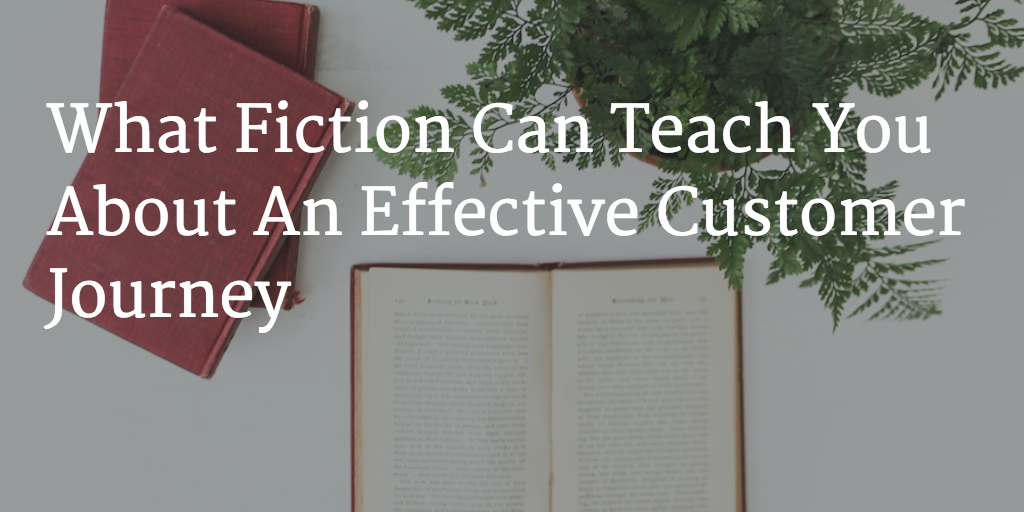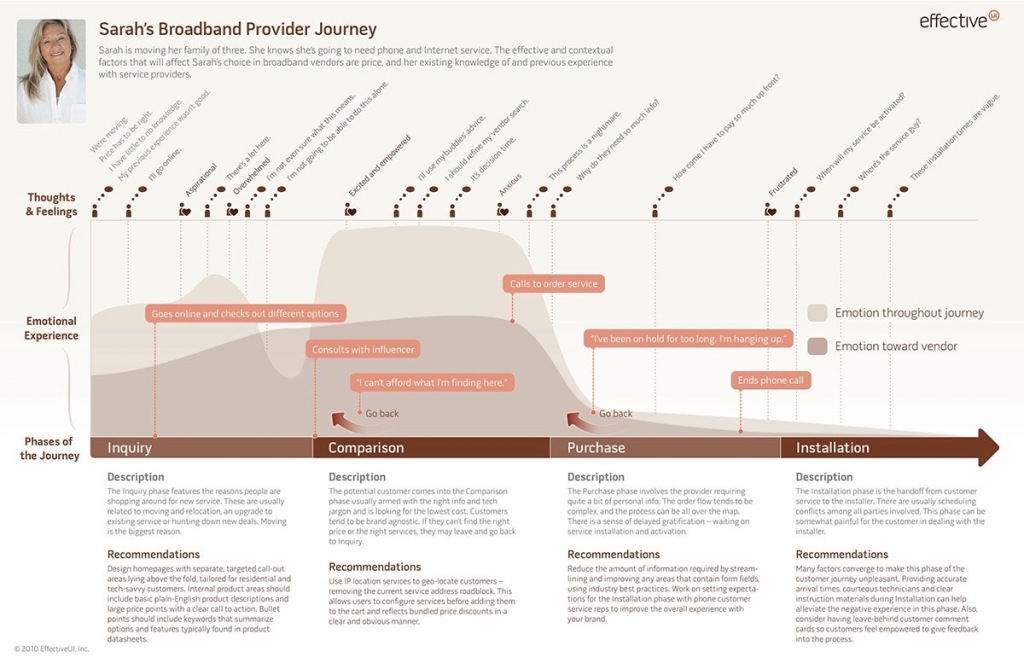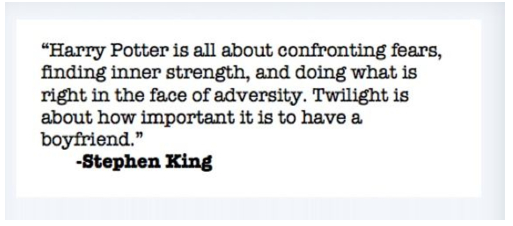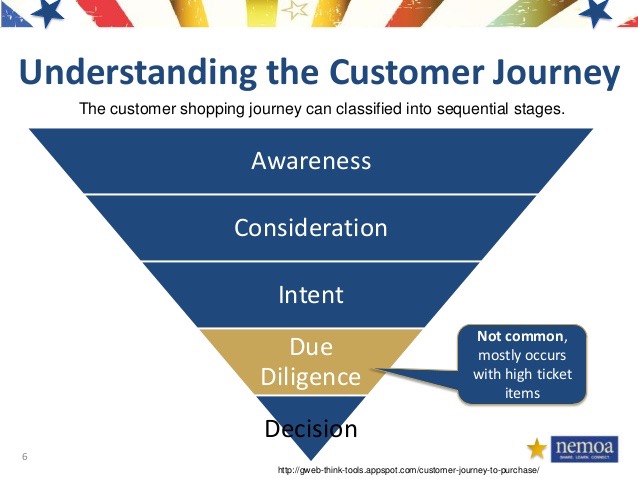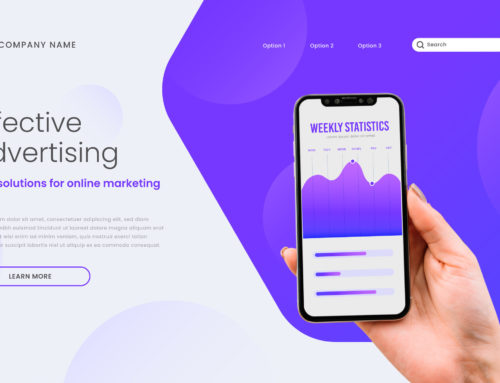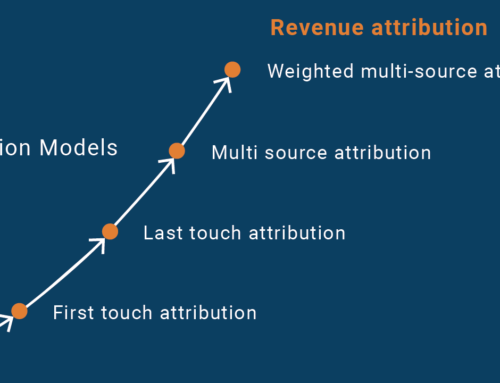How do we grab attention?
Does a simplified list of product/service features compel users? Or does an entertaining recounting of a brand’s mission and the difficulties they (and by extension their customers) have overcome draw in more users?
Pretty stupid question right?
Escaping the drudgery of corporate speak has quickly become a prominent goal for the modern marketer. People don’t remember that a product does X, Y, and Z. What they will remember is an entertaining, compelling story.
This change toward a storytelling approach to marketing is predicted to cause the loss of one million B2B sales jobs in coming years. The hard sell is dying. Content marketing s the new rockstar in the marketing world, and nothing keeps your customer interested more than a good old fashioned story.
Photo credit: Death to Stock
Stories elicit an emotional response and connection. You may not remember the name, face or intended use of a product, but you will remember how its marketing material made you feel.
Sales are made largely on emotion. If you can elicit an emotional response in your prospects, you’re far more likely to make the sale.
Take this incredibly successful storytelling approach is from the dollarshaveclub.com as an example. The video succinctly explains the product, is full of humor (which makes it memorable) and still manages to address the primary pain points of the audience.
Because it uses this fun, irreverent style of storytelling it’s one of the few marketing campaigns that people remember.
But the video is only the beginning stage of a longer customer journey. It does a bloody good job of capturing attention and building interest, but prospects will still need to take a few more steps before becoming customers.
The complete number of steps represent the whole customer journey. There needs to be a cohesive progression between each stage. There’s no point in having a fun and witty video like the above if the rest of your funnel is dry and boring.
Storytelling in marketing doesn’t just apply to individual stages or pages but needs to permeate every stage in your customer’s journey.
If it does, your prospects will become more than just paying customers. They’ll become your advocates. They’ll be so engrossed in your brand story that they’ll turn their friends and family onto your product.
It’s something few brands manage to achieve, primarily because they take a one dimensional, marketing approach. You see, storytelling isn’t a marketer’s forte. Sure there are some competent and even amazing marketing storyteller’s out there, but they’re rare.
Most of us won’t learn much by taking this one-dimensional approach. Instead of asking marketers how to tell a story, we need to examine the pros.
So let’s ignore the successful marketers of the world for the next few minutes and look at how the world’s greatest storytellers can help you build your brand.
Success Begins With Your Planning
Amazing novels aren’t born on a whim. A writer doesn’t sit down to create a story and turn out an epic story. Every novel needs a comprehensive plan, and your marketing customer journey is no different.
You need to spend the time to effectively map out every stage of your customer journey. List what each stage aims to achieve and how, how it affects the overall goal and how it feeds into the overarching structure.
This is something novelists do extremely well. Here’s an example of a plan J.K Rowling produced in preparation for writing Harry Potter and The Order of the Phoenix.
Rowling has outlined each key story progressing element, how it affects the overall plot, the sub plots and the various groups within the story.
Nothing has been overlooked.
And that’s exactly what you should do with your customer journey. Turning customers into advocates and brand ambassadors isn’t easy. It requires careful planning and understanding exactly how each stage of your customer journey relates to your customer’s needs.
Most marketers do this by utilizing a method called customer journey mapping. This is basically the marketing equivalent of J.K Rowling’s plan. However, instead of focusing solely on the story and what happens, it’s focused on how your customers will react to your content.
Here’s a great example of a visual customer journey map from UXmatters.
Treating your customer journey as if it’s a novel will help you plan out every detail needed for success. However, the details themselves need to be applied to specific audience segments and their needs. This turns your fun brand story into something that’s useful for your prospects.
An Effective Customer Journey Educates
Consumers nowadays are more demanding than ever.
You can’t simply throw out numerous sales emails after capturing attention.
Modern consumers want brands to interact with them. They want to be understood, respected and most of all educated. You’re seen as a knowledgeable source of wisdom. If you can impart some of that wisdom to your prospects, they’re going to view you as an authority in your niche. This leads to an increased level of trust which in turn leads to higher sales.
While entertaining your customers through their journey with a compelling story is nice, it doesn’t create brand advocates. There are a handful of cases where a lack of usefulness can create fervent fans, but more often than not the best customer journeys offer readers a better understanding of the problems they face or a solution to those problems.
Great literature is exactly the same. It’s not just about entertainment. Great literature tackles some of the more complex issues we all face. It examines them in a way that also offers a unique insight into solutions or in a manner that helps us better understand ourselves.
Basically, it’s more than just an entertaining story. Stephen King offers the best example of this when comparing one of the most successful literary series in history to another series which, albeit successful, is often referred to as utter drivel.
Delivering a useful message in your story doesn’t have to be as explicit as do X achieve Y. Literature takes a far more subtle approach to message delivery, something a lot of brands could stand to learn from.
Today’s customer doesn’t just want the product you’re selling. They want to feel valued and be better informed at the end of their journey. For a customer to continue progressing through your customer journey there needs to be a useful and actionable lesson for them.
Remember that sometimes the most useful lessons aren’t those explicitly stated, but rather inferred for us to later figure out on our own. If you’re looking for a great example of delivering an actionable message with nothing but a story, check out The Goal by Eliyahu M. Goldratt.
Great Fiction Inspires
Many of the novels you’ll read center their story around the battle between good vs. evil.
However, they do far more than outline they battle. The way in which the information is presented is inspiring.
It’s never a simple case of good winning over evil. The protagonist’s struggles through adversity and challenges are documented in a way that makes them relatable to our own lives (see Mr. King’s quote above!). It helps to form a bond with the characters and to ultimately becoming inspired by their actions.
Often the challenges aren’t even that spectacular in scale. They’re the kind of challenges we all face on a daily basis. This is what makes them so relatable and enjoyable.
Effective customer journey’s do exactly the same thing.
They don’t make generic claims to finding success. They focus on the specific problems their target audience faces. They use their story to agitate a problem before explaining how, with a little help, their final goal can be achieved.
If you’re able to describe the problem your customers face with powerful language, that emotional bond you’re trying to form becomes stronger. Your prospect is drawn in not because of your ability to craft a story or even your ability to offer something of use. Your prospects are drawn in because you’re talking specifically about a problem that relates directly to them.
But drawing them in is only half the battle. You need to inspire your prospects, to make them believe that by working together you’ll be able to overcome their problems and achieve their goals.
Those goals could be as simple as saving money with cheaper razors, running faster with better sneakers or even something greater like building a multimillion dollar business. Whatever the goal is you need to show your prospects that, despite the difficulties they face, it can be achieved together.
Customer Journey’s are Sequential
It seems a little simple I know. But too often I see kick ass videos like the Dollar Shave Club which are never continued or acted upon.
It’s a real shame because a cohesive, complimentary customer journey can do wonders for your brand.
Let’s go back to Harry Potter for a second.
As individual books, they’re well-crafted pieces of literature. Each one has a beginning, middle and an end and manages to deliver its own message in an entertaining manner. But their success lies not only in their individual impact but in how they combine to form something of greater value.
When placed in sequence these individual successes create a hugely interesting world with a more compelling and important message. The focus was never on crafting one part of the journey. There was always an overarching structure that has a far greater impact than any one piece could.
Each novel addresses the right problems at that point in the story. When used together they provide a higher level of enjoyment, a greater feeling of participation and a more comprehensive lesson.
Again, this can be adapted to your customer journey. Each stage is important and needs to be compelling in its own right. Your initial article, email or video needs to attract attention on its own merit. However, it then needs to be built upon in subsequent stages.
Stage one feeds into stage two which builds on what’s already been established. Stage three then builds on stage one and two and so on and so forth.
Each of these stages needs to be the equivalent of a novel. It has its own story and message. Its own individual takeaway. However, when they’re placed side by side in sequence, the takeaway is magnified to become something of higher value instilling a greater level of trust in your brand.
A customer journey isn’t about creating a standalone marketing novel; it’s about creating an epic.
While each stage should be able to stand on their own, best results are achieved when they’re complimentary and placed in a sequential order. Create elements that can stand on their own, but which benefit the whole when presented in logical order. This is the secret to creating a compelling marketing story throughout your customer journey.
Marketers Need to Study Great Novelists
With the change in purchasing behaviors content marketing and customer journeys are becoming ever more important. Sales seem to rely on your ability to draw customers into your funnel and help them progress through the stages with a compelling yet useful tale.
As a marketer you probably already know how to create compelling content, but you’ll never be in the position where you know too much. A pro never stops learning. Instead of continuing your marketing education with the same books and advice as all the other marketers out there, look outside your current circles.
Take a leaf out of the book of master storytellers. They have a wealth of information in creating a fan base that’s so involved in the products they create. They’ve achieved the goal many brands aim for, and the information is there for you to follow.
So what’s your take on the customer journey? Can we learn a thing or two from the master storytellers of the world, or should we stick to the tried and tested methods every other marketer relies on?

